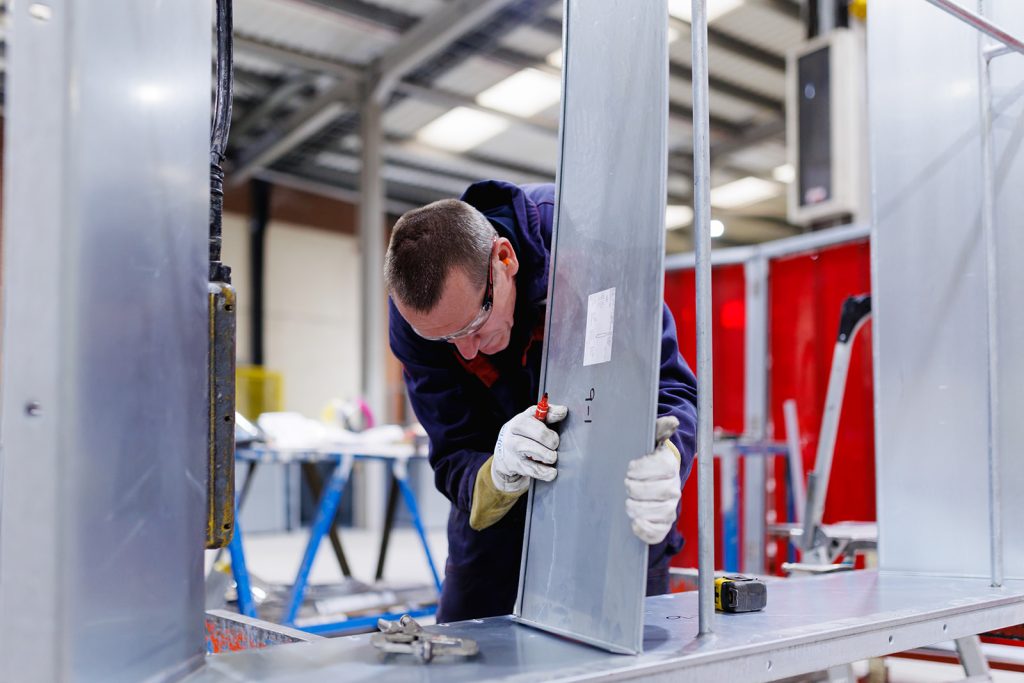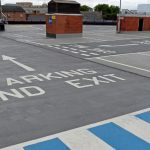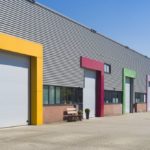Sponsored
Why our factory remains Hargreaves’ best kept secret

By John Prydderch, Head of Marketing & Communications
At Exyte Hargreaves we call ourselves ‘The Best Kept Secret in Defence and Construction’ because of a strong track record which has been building for more than a decade. In fact, our legacy as an HVAC contractor stretches back even further – over 152 years. The Hargreaves of 1872 was still involved in manufacturing, but of bicycles, instead of the highly engineered HVAC systems created today. Between the 19th and 21st centuries, much has changed about the business. Henry Hargreaves (our founder) himself might not have predicted the company would now be a defence and construction contractor. He did, however, preside over the development of a facility which remains an important constant today – our factory.
Legacy, Capability and Innovation
Our Head Office on Lord Street is situated in Bury, a suburb of Greater Manchester. It is an unassuming Victorian building, notable perhaps only in that it nearly consumes an entire block of the town. Our Manufacturing facility occupies roughly half of the building’s footprint at a total of 8,000 square metres. It is easily one of the largest facilities in our sector, but though the scale is impressive, what happens within is all the more remarkable.
The legacy hits you as soon as you step onto the factory floor. Not simply because of the thought of the many thousands of ductwork pieces which have been created within its walls. There’s a hum of activity and noise. Sparks fly from nearby welding bays, client quality checks are ongoing enabling products to leave the factory, raw materials coming in.
Our factory team is a mixture of time served experienced fabricators and some of the industry’s best young talent. They are trained to the highest standards of welding codes, in order to undertake the very highest quality work demanded by the defence and construction sectors. They’re also, unusually, in regular contact at both ends of the product lifecycle. Our design teams reside upstairs in Bury, whilst the integration of new technologies mean that the collaboration between factory and project site is better than ever. By self-performing engineering, design and on site installation, clients have access to a service which spans a project from concept to commissioning.

Keeping it in the family
Henry Hargreaves & Sons began as a family business and there remains an echo of that in the company today. Though the last member of the Hargreaves family departed in the 1970s, they are not the only examples of relational connections. There are many other families, and generations of families working together in our factory. Perhaps that’s part of why our fabrication techniques have endured at the highest quality for so long. The legacy of Hargreaves is inherited and our employees both understand and appreciate what makes our business special.
The success and growth of the business is reflected in how the manufacturing team has changed through recent years. Additional Welders, Fabricators and Machine Operatives are being advertised now to support the delivery of Hargreaves’ project pipeline. We have also recently appointed a new crop of apprentice manufacturing operatives via their award-winning Engineering Young Talent programme.
The Future for the Factory
James Bevis, our current Managing Director, joined in 2022 and signalled the beginning of a new investment programme for the manufacturing facility. It was a recognition not just of its importance to Exyte Hargreaves, but of its future potential. This began with a modernisation of critical fabrication machinery – a new laser cutter, press brake and the company’s first robotic welding cell. It will continue in late 2024 and early 2025 as part of a wider remedial works and refurbishment of the entire Bury facility. Structural work will be undertaken (including a new roof) and the operational layout is to be changed. The aim is to find greater efficiency and ensure our factory remains at the forefront of the defence and construction industries for another 150 years.
It’s certainly come a long way from bicycles.
If you would like to read more stories like this, then please click here.







